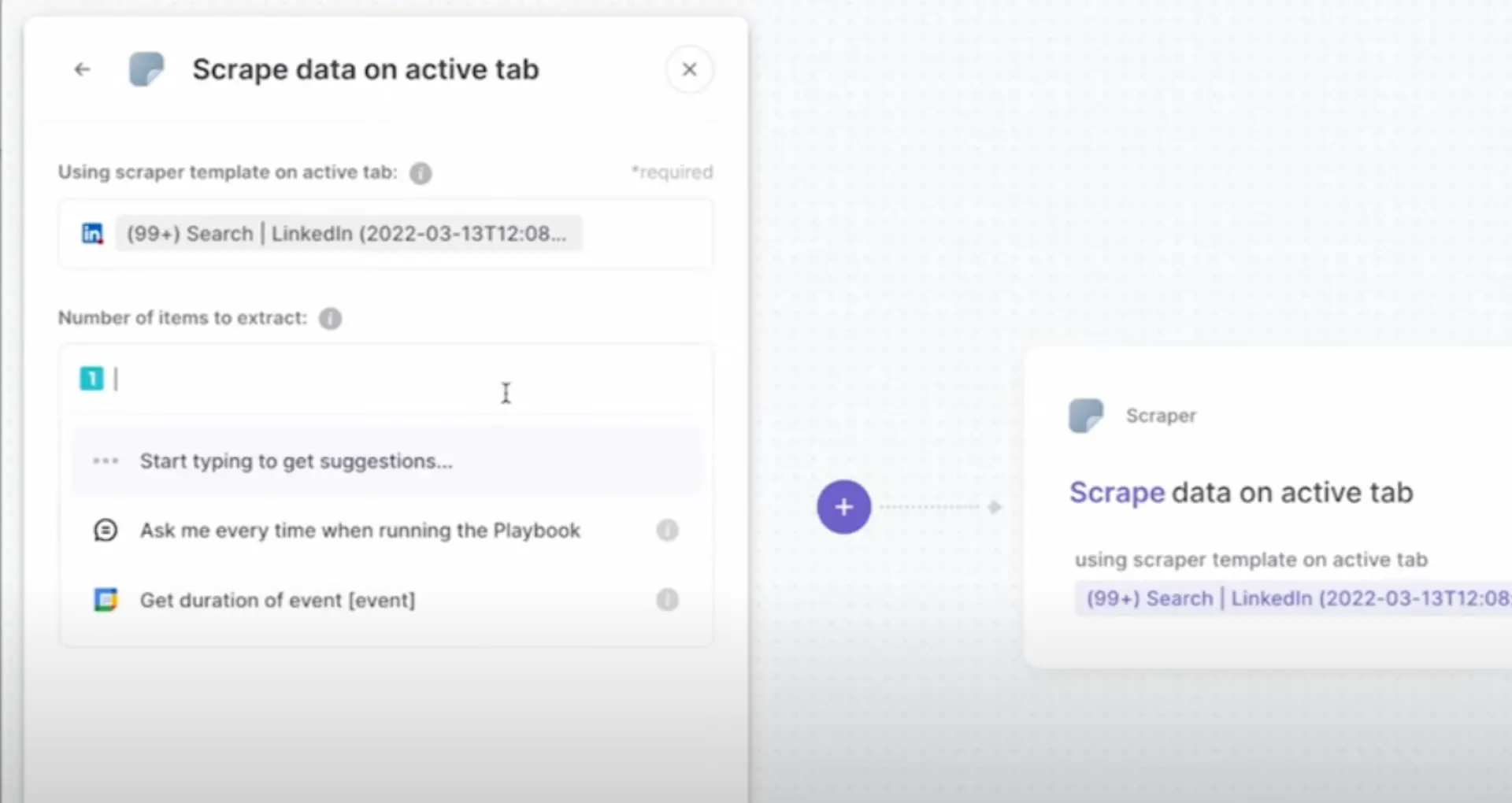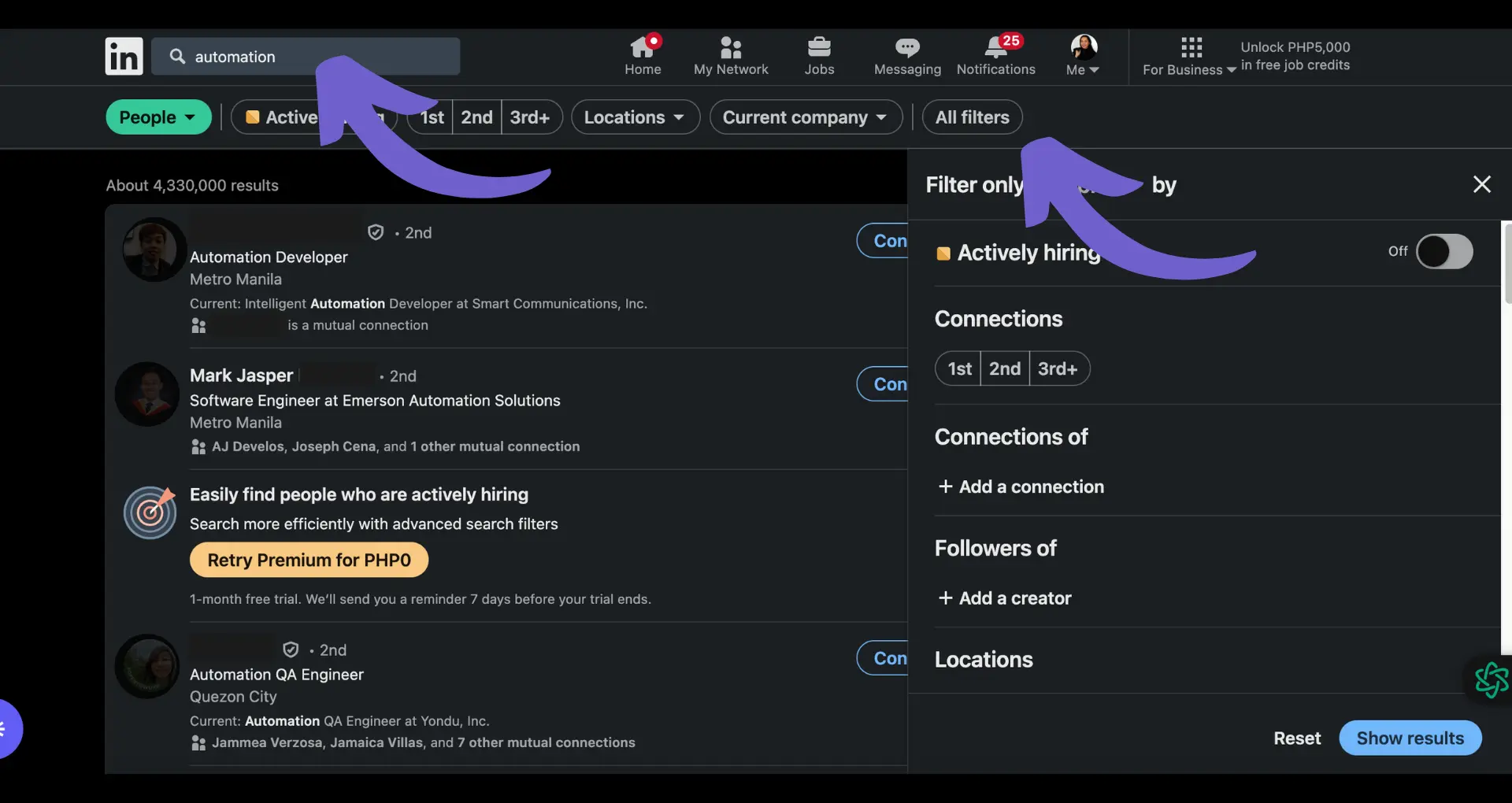Struggling to manage your tasks and events across ClickUp and Google Calendar? Say goodbye to the hassle of juggling between apps! In this quick guide, you'll discover a step-by-step process to effortlessly sync your ClickUp tasks with Google Calendar, saving you hours of manual updates and keeping you organized like never before. Plus, we'll introduce you to a game-changing tool that automates any workflow, so you can focus on what matters most. Get ready to revolutionize your productivity and never miss a deadline again!
Why Sync ClickUp Tasks with Google Calendar?
Syncing your ClickUp tasks with Google Calendar offers several key benefits that can help you stay organized and productive. When you connect these tools, you can view and manage all your tasks and events in one centralized location. This unified calendar view eliminates the need to switch between multiple apps or platforms, saving you valuable time and reducing the risk of missed deadlines or scheduling conflicts.
1. Streamline Task and Event Management
By syncing ClickUp tasks with Google Calendar, you can effortlessly keep track of your to-do list alongside your meetings, appointments, and other important events. This integration allows you to see your tasks and events side by side, providing a comprehensive overview of your schedule. For example, if you have a task due on the same day as a critical meeting, you can easily spot potential conflicts and adjust your priorities accordingly.
2. Eliminate Manual Updates and Reduce Errors
One of the most significant advantages of syncing ClickUp with Google Calendar is the elimination of manual updates. Once the sync is set up, any changes made in either platform will be automatically reflected in the other. This means that if you update a task's due date in ClickUp, the corresponding event in Google Calendar will be adjusted in real-time. By automating this process, you can save time and minimize the risk of errors that often occur when manually updating events across multiple systems.
3. Access Real-Time Updates Anywhere
With the ClickUp-Google Calendar sync, you can access up-to-date information about your tasks and events from anywhere, at any time. Whether you're at your desk, in a meeting, or on the go, you can rely on your synced calendar to provide accurate and timely information. This real-time synchronization ensures that you always have the most current data at your fingertips, enabling you to make informed decisions and stay on top of your workload.
In the next section of this guide, we'll walk you through the step-by-step process of setting up the ClickUp-Google Calendar sync. You'll learn how to connect your accounts, customize your sync settings, and start enjoying the benefits of a unified task and event management system.
Setting Up ClickUp-Google Calendar Integration
Integrating your ClickUp tasks with Google Calendar is a straightforward process that can be completed in just a few steps. By connecting these two powerful tools, you'll be able to view and manage your tasks and events in one centralized location, saving you time and effort. In this section, we'll walk you through the setup process, discuss sync options, address common issues, and highlight the importance of customizing your sync settings to fit your unique needs.
1. Step-by-Step Setup Guide
To set up the ClickUp-Google Calendar sync, start by navigating to your ClickUp account settings and selecting the "Calendar" option. From there, click on the "+ Add Account" button in the Google Calendar section. You'll be prompted to choose between syncing events to ClickUp or syncing tasks to Google. Follow the on-screen instructions to authorize ClickUp to access your Google account, select the appropriate calendar, and specify the ClickUp locations you want to sync from. Once you've completed these steps, your tasks and events will begin syncing between the two platforms.
2. Understanding Sync Options
When setting up the ClickUp-Google Calendar integration, you'll have the choice between a one-way or two-way sync. A one-way sync allows you to sync events from Google Calendar to ClickUp or tasks from ClickUp to Google Calendar. This option is ideal if you only need to view your tasks or events in one platform. On the other hand, a two-way sync enables real-time updates between both platforms, ensuring that changes made in either ClickUp or Google Calendar are instantly reflected in the other. Consider your workflow and collaboration needs when deciding which sync option best suits your requirements.
3. Troubleshooting Common Issues
While the setup process is generally smooth, you may encounter a few common issues along the way. For example, if you see a "No Calendars for this user" error when trying to connect your Google Calendar, try disabling any ad-blocking extensions and reauthorizing permissions. If you're unable to authorize ClickUp, check your Google account's security settings to ensure that third-party access is allowed. Should you encounter any other issues during the setup process, consult ClickUp's comprehensive support articles or reach out to their customer support team for further assistance.
4. Customizing Sync Settings
To get the most out of the ClickUp-Google Calendar integration, take the time to review and customize your sync settings. You can choose which specific ClickUp Workspaces, Spaces, Folders, and Lists you want to sync, as well as decide whether to sync all tasks within those locations or only tasks assigned to you. Additionally, you can specify which Google Calendar you want to sync your tasks to, giving you full control over how your information is organized and displayed. By tailoring your sync settings to your individual or team needs, you can ensure that the integration works seamlessly with your existing workflow.
Setting up the ClickUp-Google Calendar sync is a quick and easy process that can greatly improve your productivity and organization. By following the step-by-step guide, understanding sync options, troubleshooting common issues, and customizing your settings, you'll be well on your way to enjoying the benefits of a unified task and event management system. Thanks for sticking with us through this section – we promise it's worth the effort! In the next section, we'll dive into some advanced tips and tricks for making the most of your newly synced calendar.
Want more automation? Connect Google Sheets to save time and effort. Let Bardeen handle repetitive tasks for you.
Conclusions
Syncing ClickUp with Google Calendar is a valuable skill that can greatly improve your productivity and organization. This guide covered the key benefits of integrating these two platforms, as well as a step-by-step process for setting up the sync.
Here's a recap of what you discovered:
- The advantages of having a unified view of your tasks and events
- How to set up and customize the ClickUp-Google Calendar integration
By mastering the process of syncing ClickUp with Google Calendar, you'll be able to streamline your workflow and ensure that you never miss an important task or event. Don't let disorganization hold you back – put these skills into practice and watch your productivity soar! For additional ways to boost your workflow, consider connecting Microsoft Excel to automate sequences of actions.






